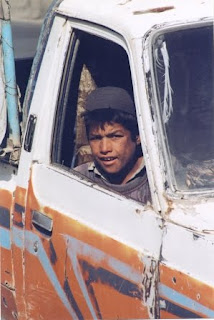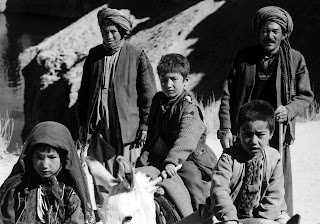Design-thinking our way out of terror
“ Design thinking ” is the latest white-hot management fad. Arguably at the root of some of the most valuable companies in the world, such as Apple, it is increasingly used for the most intractable problems. Can it crack this one? The world's response to terrorism is left-brained, rational but also lopsided. It is bent to defeat terror mostly through increased security and an attack to its manifestation. Is that all that's needed? Designing thinking inspires solutions that are deeply emotionally engaging, not just rationally viable. It puts people , not processes and machines, at the center - and digs, often uncomfortably, into how they feel . So - how do terrorists, and those who may become so, feel ? Now, that's deeply uncomfortable. Yet, it is worthwhile - we must not overlook the power of an emotionally engaging answer for potential terrorists and not just for the electorate of populist politicians (ever...


